|
Although Covid-numbers are on the rise again, higher numbers of vaccinated people mean that in-person embroidery events on location are possible again. As the other parties in our apartment block are not vaccinated, I am not comfortable with re-opening my studio. So for the moment, I'd thought to let you know about two upcoming events that might be of interest to you! In about three weeks time, I will be demonstrating goldwork embroidery at the Open Air Museum Glentleiten. During the weekend of 13-14 November, you can watch many historical demonstrations of textile-related crafts taking place in the original historic buildings of the museum. I'll be working on some late-medieval or nue and would love it if you came by to say hi! Although I decided early on that I would not go all the way authentic when it comes to reconstructing medieval goldwork embroidery, I do have a small workbox without "offending" materials (replaced the plastic cover of my scissors with a simple cover made of felt and wool). It contains my replica 15th-century pewter needlecase (the original was found during archaeological excavations in the Netherlands), Japanese handmade needles, an original 16th-century thimble from Nuremberg, a replica pair of scissors and its modern Japanese equivalent and a bone needle doubling as my mellor. The wooden box itself is made by sewing the different parts together just as would have been the case in the Middle Ages. Perfect for demonstrating medieval goldwork embroidery in an original late-medieval building at the museum! In June 2022, I finally hope to be able to teach at the Alpine Experience in France! This will be an excellent opportunity for UK-stitchers to join me as the whole VAT-debacle has been cleverly solved for the occasion. I will be teaching a replica of an original late-medieval or nue figure. At the same time, the results of the workshop will form part of my ongoing research into medieval goldwork embroidery. There is still so much we do not know about the simplest of things. Backing my own experience up with the experiences of my students make the evidence so much more valid. Looking forward to meeting some of you in France!
4 Comments
On Friday I got an email from DHL saying that they would finally deliver the next volume in the monograph series on the Imperial Vestments the next day. And they did! Probably due to the worldwide paper crisis, this book has been on pre-order for more than a year. The third, and last volume, is still on pre-order and is said to be released before the end of the year. Since there are three books on the topic, all written in German, it can be a little difficult to determine which ones to order. Read on for my review of the second volume: Die Bamberger Kaisergewänder unter der Lupe - Methoden und Ergebnisse der aktuelle Forschungen (The Imperial Vestments under scrutiny - methods and results of the current research project). When I pre-ordered all three volumes in the series, I wasn't quite sure what to expect from each of them. Reading through the introduction of this second volume, I now understand that this volume was intended as the catalogue for the recent exhibition in the Diocesan Museum Bamberg. This means that the first part of the book (p. 14-97) is the catalogue entries for the exhibits. In essence, this is a summary of the first volume: Kaisergewänder im Wandel - Goldgestickte Vergangenheitsinszenierung which I reviewed a while back. Whilst this part contains some new pictures not seen in the first volume, these mainly depict written sources. A tiny part of the book, pages 101-115, describes the art-technological and material science research conducted on the Imperial Vestments. I assume this is a summary of the third and last volume that hopefully gets published before the end of the year. Personally, this is the volume I am looking forward to the most as it promises to hold a lot of technical information important to us as embroiderers. The "summary" on pages 101-115 does whet my appetite but is not meaty enough to satisfy my appetite. The second half of the book (p. 119-209) contains papers on the papal visit in AD 1020 and the consecration of the St Stephan Church in Bamberg. Should you buy this book? Only if you like to have a complete set on your shelves. Whilst the first volume contains a lot of information and beautiful detailed pictures of the Imperial Vestments that are useful to us as embroiderers, this second volume is clearly only intended as a summary for the general public. If I had known what was the content of each volume exactely before buying, I would probably not have bought this second volume. This second volume can be ordered from the publisher Schnell & Steiner.
Jung, N. & H. Kempkens (eds), 2021. Die Bamberger Kaisergewänder unter der Lupe. Methoden und Ergebnisse der aktuellen Forschungen, Schnell & Steiner: Regensburg. Last week's blog post generated quite a bit of interest. Thank you very much for all your comments! And now on to the second part of the experiment: can you replicate the high goldthread count (30-70 threads per centimetre) seen on the imperial vestments with modern-day materials? Yes, we can :). Let me show you what I did. As the Imperial Vestments have goldwork embroidery stitched on samite without a linen backing, I decided to use samite without a backing too. I used a reproduction 100% silk samite from Sartor. A piece of the original 8th-century Byzantine fabric is held at the Hermitage in St. Petersburg, Russia. All my slate frames were already in use, so I used a 10 cm hoop with both rings taped. Using a small hoop ensures that I can still get quite a high tension (which is tricky with samite as it shreds easily on two of its sides due to the type of weave). The goldthread used in the experiments, to my knowledge, is the thinnest passing thread that is commercially available: Stech 50/60 made by M.Maurer, Vienna, Austria. This gilt thread has a diameter of c. 0.15 mm. In an ideal world, you would thus be able to pack 66 threads parallel to each other to cover a centimetre. For the first experiment, I used a #6 DeVere Yarns silk thread. I was able to stitch 33 parallel threads per centimetre. Not bad at all! However, I did notice that, although a #6 thread is rather fine, the silk was a bit bulky compared to the fine passing thread. When I looked at the detailed pictures in: Kaiser Gewänder im Wandel- goldgestickte Vergangenheitsinzenierung by Tanja Kohwagner-Nikolai, I noticed that the silk used was a bit finer. For my next experiment, I used the same fine passing thread and historical samite reproduction fabric, but opted for a finer silk thread: Chinese flat silk split into 8 equal parts. I did the splitting of the silk filaments by eye and did not count them out. Some strands ended up a bit fatter than others which gave a pleasant liveliness to the hue of the gold and couching stitches. This time I was able to pack in 40 parallel goldthreads per centimetre. This is well within the range of 30-70 goldthreads. Getting to the top-end is not possible with this goldthread. It will only do a maximum of 66 threads without the bulk of the silk. In the two macro pictures below, you can clearly see that the bulk of the DeVere silk pushes the goldthreads slightly apart. How fine does the goldthread need to be to get to 70 threads per centimetre? Well, I did 40 threads with a thread that can do 66 as its maximum. Apply simple maths and you arrive at a passing thread that needs to be about 0.087 mm thick. The vintage Japanese pure goldthread I have in my stash has a thickness of 0.08 mm. As it is so expensive and so rare, I am not quite ready to use it in an experiment :).
A couple of weeks ago, I was alerted to a television appearance of the Imperial Vestments by a blog reader from Germany. In it, one of the researchers is recreating a piece of goldwork embroidery and exclaims that she cannot reach the same quality as the medieval embroiderers once could. The German blog reader wondered in her email what the outcome would have been had a professional embroiderer worked the same sample? As I don't have a television, I hadn't seen the show. However, you can watch it online here, the item starts at 19:48 (you probably need a VPN and set the server to Germany when you are located outside of Germany). It is well worth it, as it has close-ups of the goldwork embroidery on the Imperial Vestments which detail you cannot see when visiting the real pieces. My thought after watching the video? Houston we have a problem! The lady demonstrating the goldwork embroidery started her educational career as an embroidery apprentice. She concluded her learning after two years with a journeyman examination and switched to becoming a textile conservator. This is a transcript of what is being said during the stitching: "Sybille Ruß faces the medieval competition. In a self-test, she wants to find out how tightly she can pack the threads. The result: the embroidery performance back then was downright incredible. So I made a test with the thinnest gold thread and came to 28-30 threads per cm and our top density on the blue Cunigunde mantle is 70 threads. So that goes from 35 to 70 so I wouldn't even have made second place." At the same time, we see her stitch on a pretty slack slate frame. In several close-ups we see her stitch her couching stitches in the wrong direction, i.e. not going down with the needle slightly under the previous row of goldthread. This results in pulling the rows of goldthread apart instead of packing them tightly. It is also evident that the sample we see her work on does have far less than those 28-30 threads per cm. As I really wasn't sure if she knew her experiment did not work because of these basic mistakes I wrote her an email. I promptly received a reply in which she explained that it wasn't a real experiment and that the filming had led to her working the way she did. She was well aware that you need a taut frame and that you couch goldthread in the opposite direction. After all, she had been stitching all day for two years during her professional education. And I am the Easter bunny! To me, this video fragment is the umpteenth proof that embroidery is not being taken seriously. Too often, being a female with nimble fingers is enough qualification to speak about embroidery with authority. During my studies as an archaeologist, I did several courses on archaeological conservation and even did an internship at the County Conservation Centre in Salisbury, UK. However, I decided to pursue a career in archaeozoology, not in archaeological conservation. Would I go onto national television and proudly lecture on archaeological conservation? No way.
Whilst the research project on the Imperial Vestments shows that they are being taken seriously at a scholarly level, the video (and the makeup of the research team) shows that the practical side perhaps does not get the attention it deserves. Why is there no professional goldwork embroiderer on the team? Embroidery and professionalism do not seem to go together. And the uncomfortable truth is that embroiderers themselves are partly to blame for it. When I was still demonstrating embroidery I got so many non-mindful comments of female stitchers passing by that I decided to stop. The core of most remarks? I wasn't something special. They could do that too. That's not exactly lifting each other up. Men, on the contrary, were often in awe of my skill and professionalism. And some even dared to correct their female companions ... And then there are those embroiderers that proudly exclaim that they are self-taught. In most instances, this seems to mean that they did not go to the Royal School of Needlework :). Learning through books, workshops, blogs, YouTube, etc., for some still seems to mean that they are self-taught. No. You learned self-paced. In all these years, I have never come across someone who was truly self-taught. Not only is it not very nice for the teachers behind the books, blogs and videos that they are not being acknowledged, learning embroidery is also being devalued. Apparently, anyone can figure it out with no help at all! Not good. Please be mindful when you describe your learning journey. Whilst we all figure things out on our own, none of us is truly self-taught. And we teachers know exactly what kind of student you are when you introduce yourself as self-taught. Self-taughts are not the humblest of people and paradox need a lot of attention in class. Next week, I will show you what happened when I tried to pack as many threads next to each other. Was I able to pack more than 30 threads per centimetre? See you next week! |
Want to keep up with my embroidery adventures? Sign up for my weekly Newsletter to get notified of new blogs, courses and workshops!
Liked my blog? Please consider making a donation or becoming a Patron so that I can keep up the good work and my blog ad-free!
Categories
All
Archives
July 2024
|
Contact: info(at)jessicagrimm.com
Copyright Dr Jessica M. Grimm - Mandlweg 3, 82488 Ettal, Deutschland - +49(0)8822 2782219 (Monday, Tuesday, Friday & Saturday 9.00-17.00 CET)
Impressum - Legal Notice - Datenschutzerklärung - Privacy Policy - Webshop ABG - Widerrufsrecht - Disclaimer
Copyright Dr Jessica M. Grimm - Mandlweg 3, 82488 Ettal, Deutschland - +49(0)8822 2782219 (Monday, Tuesday, Friday & Saturday 9.00-17.00 CET)
Impressum - Legal Notice - Datenschutzerklärung - Privacy Policy - Webshop ABG - Widerrufsrecht - Disclaimer

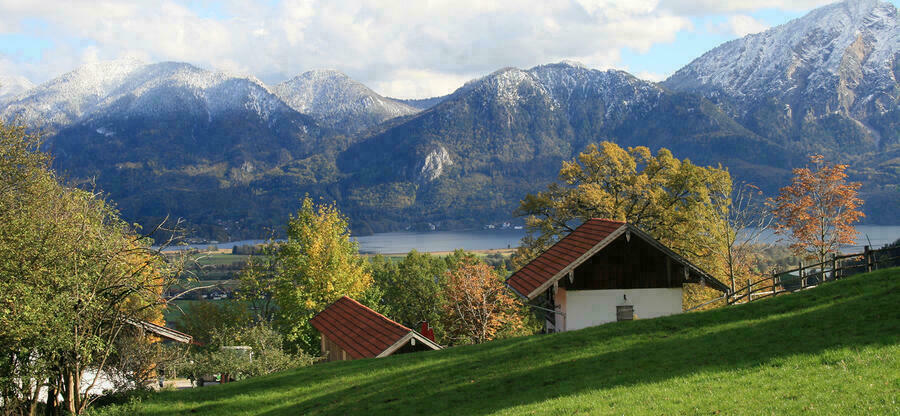
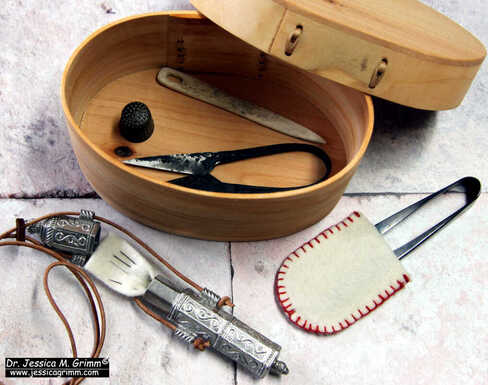
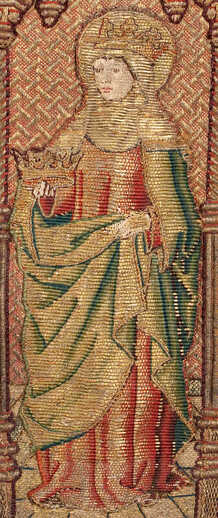
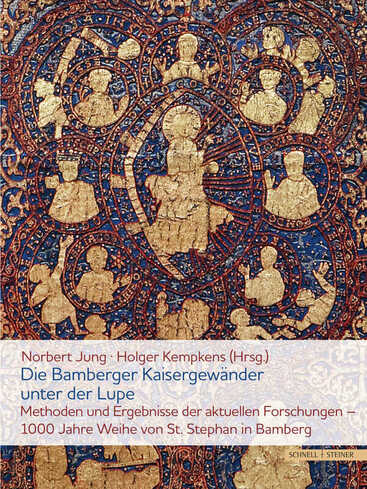
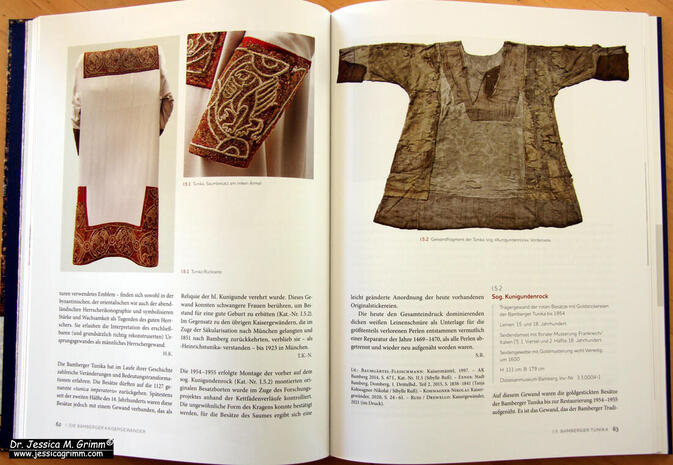
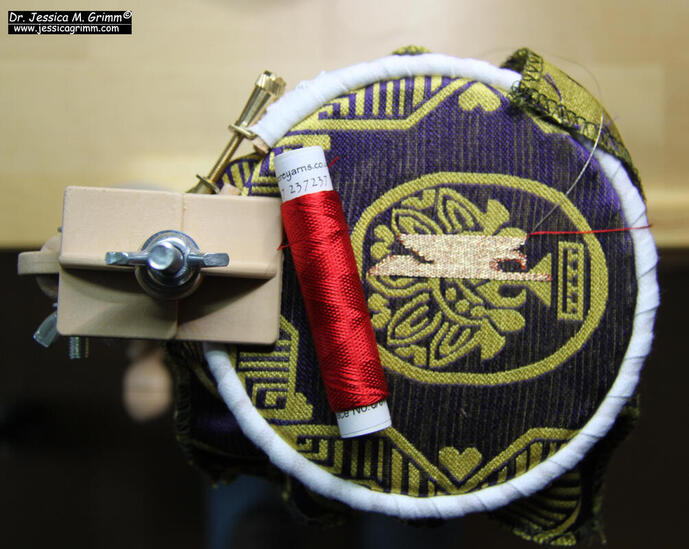
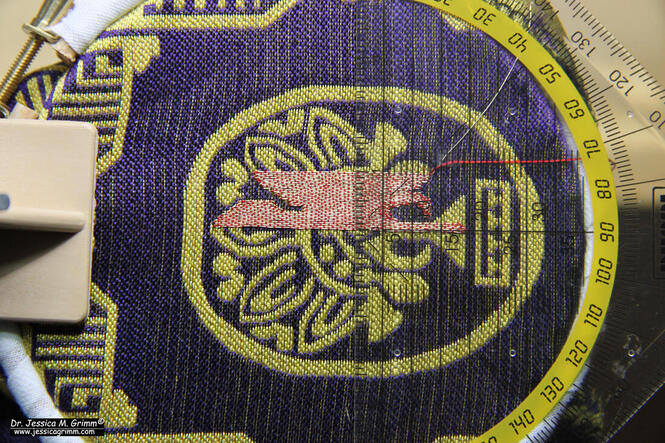
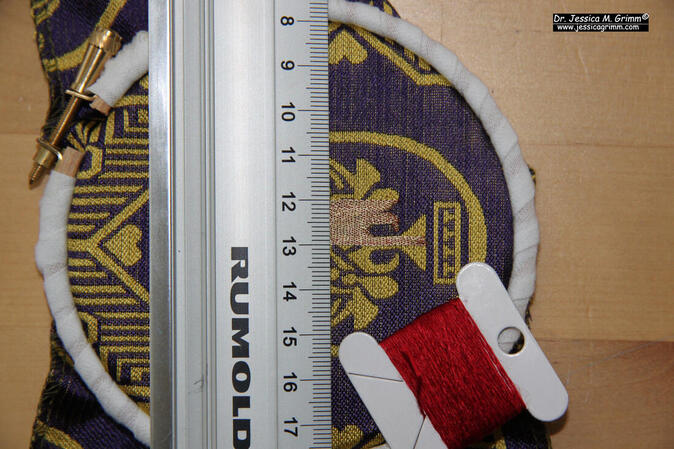
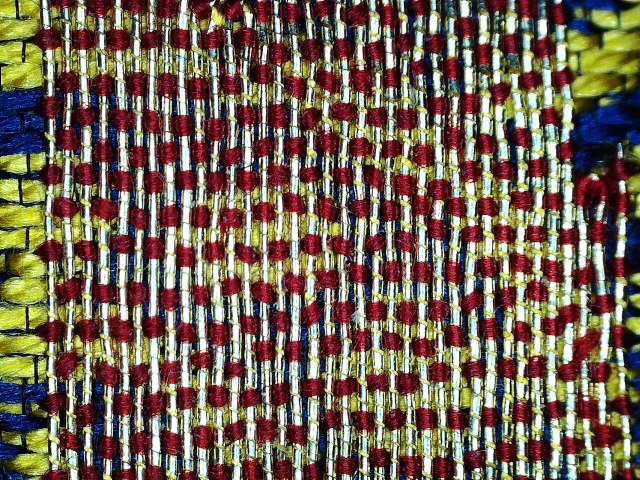
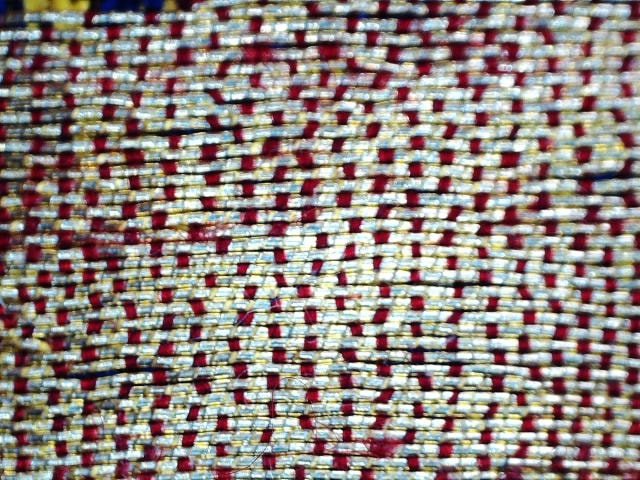
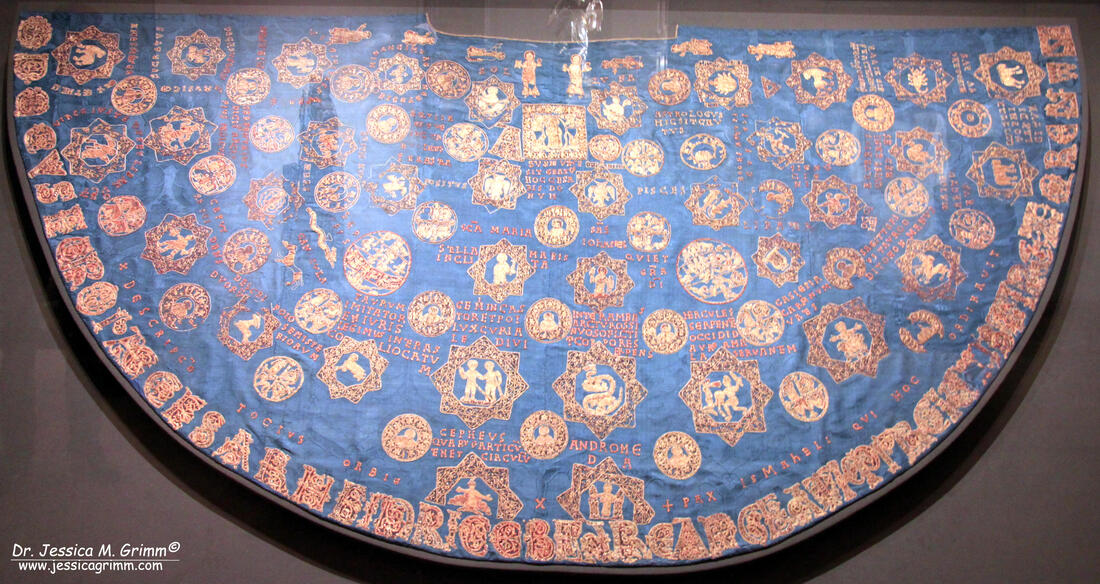
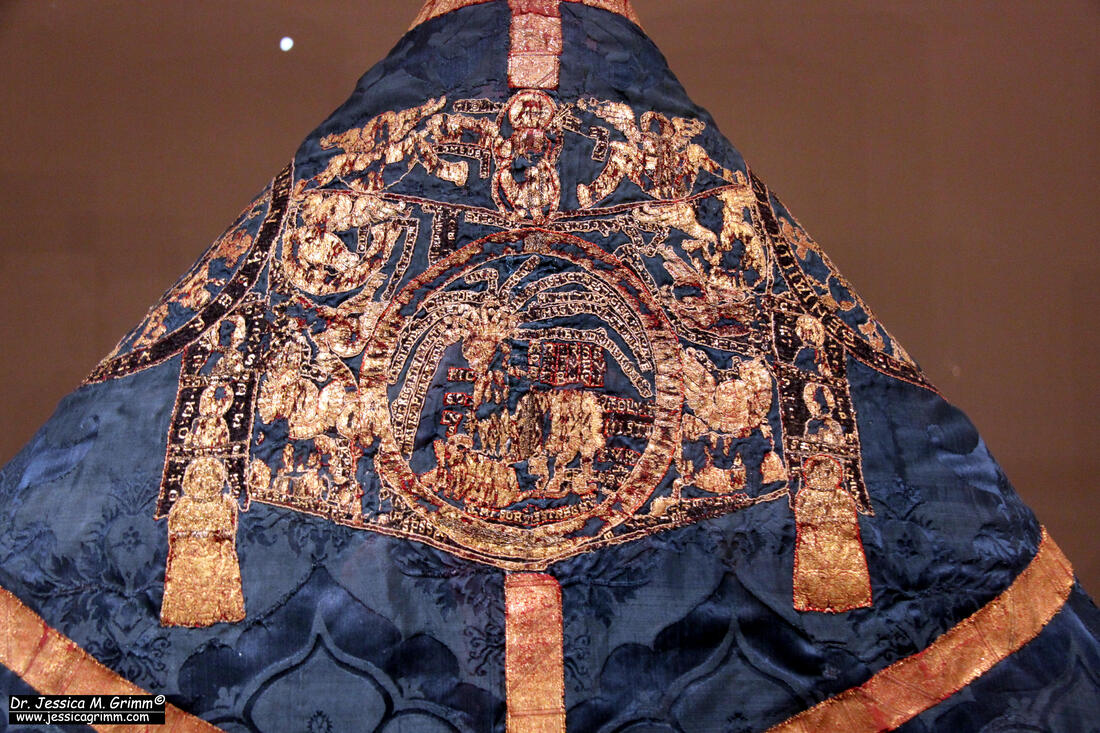





 RSS Feed
RSS Feed